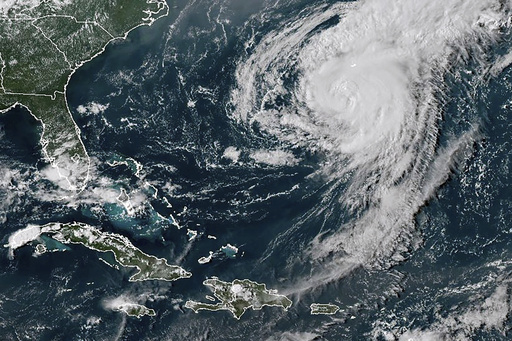Hurricane Ernesto hit Bermuda as a category 1 storm, with maximum sustained winds of 85 mph. The U.S. National Hurricane Center warned of strong winds, storm surges, and significant coastal flooding. The storm was expected to bring 6 to 9 inches of rain, leading to possible life-threatening flash flooding in low-lying areas.
Due to the storm’s large size and slow movement, hurricane-strength winds were to persist until Saturday afternoon, while tropical storm-strength winds would continue into Sunday. The Bermuda government reported that Ernesto was moving north-northeast at 9 mph.
The storm also posed threats to the United States’ east coast with life-threatening surf and rip currents. Ernesto was forecasted to approach or be east of Newfoundland by Monday evening. In Bermuda, 31% of customers were without power as the island braced for the impact.
In preparation for the storm, public transportation was halted, and the airport was closed. National Security Minister Michael Weeks emphasized the seriousness of the situation, urging residents to take precautions. Bermuda, known for its offshore financial activities, has sturdy infrastructure that can mitigate storm surge effects due to its elevation.
Before reaching Bermuda, Ernesto caused power outages and water shortages in Puerto Rico as a tropical storm. Over 180,000 customers were still without power two days after the storm, with another 170,000 lacking water supply. Restoration efforts were underway, with aims to regain power for 90% of customers by Sunday.
Ernesto marked the fifth named storm and third hurricane of the ongoing Atlantic hurricane season. Record warm ocean temperatures have led to predictions of an above-average hurricane season, with NOAA forecasting between 17 to 25 named storms, including four to seven major hurricanes.
